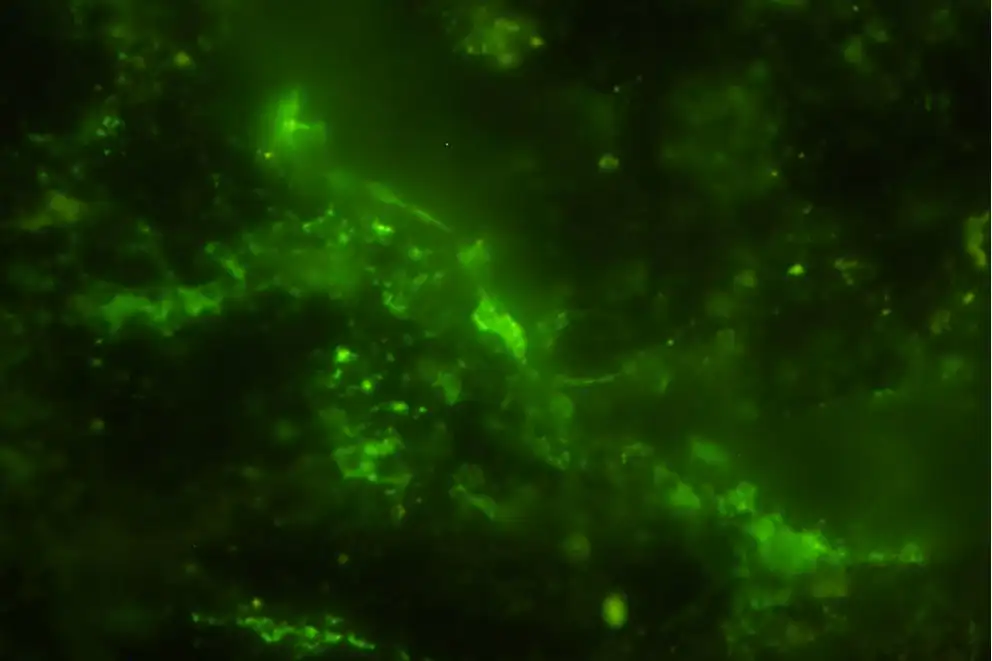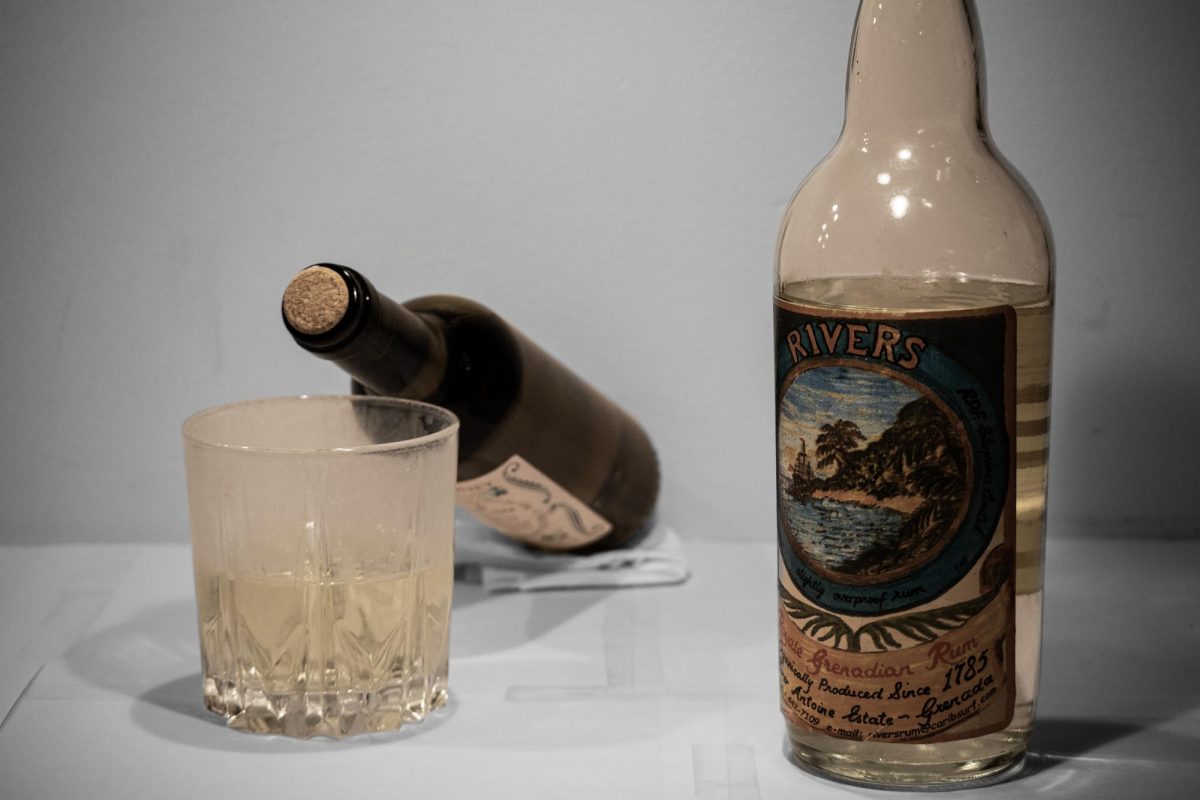Living microbes were recently discovered sealed away inside a two-billion-year-old rock, setting a new precedent for what is known about the origins of life and bolstering predictions of life on Mars.
Researchers at the University of Tokyo examined a rock core taken from a two-billion-year-old formation and discovered tightly packed colonies of microbes living deep inside a sealed crack.
The research team then had to confirm that said microbes were native to the rock itself and not introduced by contamination during the mining process.
By using a series of techniques involving DNA staining, spectroscopy and two methods of microscopy, scientists were able to confirm that the microbes were at least as old as the sample itself.
“We didn’t know if 2-billion-year-old rocks were habitable,” Yohey Suzuki, lead author and associate professor from the University of Tokyo, said in a press release.
“Until now, the oldest geological layer in which living microorganisms had been found was a 100-million-year-old deposit beneath the ocean floor, so this is a very exciting discovery.”
The sample was excavated from the Bushveld Igneous Complex in South Africa, formed two billion years ago from volcanic activity, with rock layers that can be several kilometers thick.
Despite damage from erosion, the area has not been greatly impacted by tectonic plate activity.
Coupled with the complex’s relatively quick formation, this allows the area to serve as a time capsule for microbial life.
The age of these microbes is particularly important for Martian-life hopefuls, as three billion years ago, Mars had conditions that would have been similar to Earth and suitable for microorganisms.
Now that it has been proven possible for microbes to live in a sealed-off environment for at least two billion years, the idea that Mars may have housed — or still contains — life seems more and more feasible.
This is not Suzuki’s first time discovering microbes that could be indicative of life having existed on Mars.
In 2020, Suzuki and his research team discovered single-celled, aerobic bacteria in tiny, clay-filled cracks of deep-sea volcanic rock, ranging from 13.5 million to 105 million years old.
In addition to providing evidence that microbes could have survived in an environment closely resembling Mars when covered in water, this project developed the technique to confirm if a microbe is native to its sample.
“I am now almost over-expecting that I can find life on Mars. If not, it must be that life relies on some other process that Mars does not have, like plate tectonics,” Suzuki said.
With this in mind, there is much anticipation for the retrieval of Martian rock samples collected by NASA’s Perseverance rover.
Perseverance is the first phase of an “international, interplanetary relay team” that has been collecting a series of samples from the crater lake Jezero.
These samples currently sit, sealed and ready, on the surface of Mars, where NASA intends to use a Sample Retrieval Lander and Rocket to launch them into Mars’s orbit, where they will then be captured and brought to Earth.
Suzuki and his team are already planning tests to be conducted on rocks brought to Earth in collaboration with NASA’s Johnson Space Center.
However, with looming NASA budget cuts, the team may not see these samples until 2040.
Regardless, excitement remains high in the wake of this discovery.
“Finding microbial life in samples from Earth from 2 billion years ago and being able to accurately confirm their authenticity makes me excited for what we might be able to now find in samples from Mars,” Suzuki said in a press release.
For now, there is still a lot to study from these microbes to determine what they can tell about early life on Earth.
“By studying the DNA and genomes of microbes like these, we may be able to understand the evolution of very early life on Earth,” Suzuki said.
Categories:
Living microbes discovered in 2-billion-year-old rock formation
Julia Aiello, Science & Technology Editor
October 21, 2024
2
More to Discover
About the Contributor

Julia Aiello, Science & Technology Editor
Julia Aiello is the Science & Technology Editor for The Ticker.








